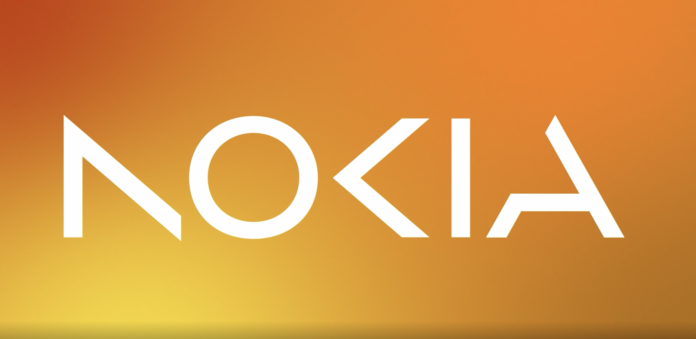Nokia said that Docomo deployed the vendor’s 7750 SR-14s core routers as part of this project
Finnish vendor Nokia announced it will enhance Japanese telco NTT DoCoMo’s nationwide IP core backbone and enable transport network slicing as it rolls out new 5G mobile services.
Nokia noted that the enhancement will allow granular SLAs, network scale, capacity and agility, along with increased power and resource efficiency.
As part of this project, DoCoMo deployed Nokia’s 7750 SR-14s core routers, powered by its FP routing silicon.
To deliver the network slicing for its mobile services, DoCoMo will leverage the segment routing capabilities of Nokia’s Service Router Operating System (SR OS) for traffic engineered network slices for the granular SLAs required by DoCoMo’s customers.
Nokia’s NSP complements DoCoMo’s segment routing solution with a Path Computation Engine (PCE) that leverages real-time telemetry to automatically optimize the IP network and improve SLA adherence. NSP will also enable DoCoMo to automate the creation, assurance, and optimization of IETF standards-based network slices in the transport domain.
Fumitaka Murayama, general manager of core network engineering department at NTT DoCoMo, said: “DoCoMo is committed to implementing slicing in 5G networks to provide networks that can respond flexibly and quickly to the diverse needs of our customers. In the transport network, a key component of this, it was essential to leverage Nokia’s IP core solutions for its high performance, functionality, flexibility and quality in meeting performance and slicing requirements. In collaboration with Nokia, DoCoMo hopes to create new value for our customers and help solve social issues through new technologies such as network slicing.”
John Lancaster-Lennox, head of market unit Japan at Nokia, said: “We’re pleased to provide our next generation IP transport solution to DoCoMo. Nokia’s 7750 SR-s platform and NSP solution will enable DoCoMo to balance network scale, capacity and sustainability that can evolve with its changing needs for years to come.”
Nokia, together with NTT DoCoMo and NTT, recently announced that they have achieved two key technological milestones on the path to future 6G systems.
Nokia said that the first tech milestone is the implementation of artificial intelligence (AI) and machine learning (ML) into the radio air interface, effectively giving 6G radios the ability to learn. The second is the utilization of new sub-terahertz (sub-THz) spectrum to boost network capacity, the vendor added.
The involved companies noted that these technologies could pave the way for new immersive metaverse and extended reality (XR) experiences and a new generation of mobile applications. The companies have implemented both technologies as proofs of concept at Nokia Bell Labs in Stuttgart, Germany.
The partners also highlighted that the sub-THz bands have never been designated for cellular use because of their propagation characteristics, but new techniques such as beamforming could open up those frequencies to future 6G networks. These higher frequencies are well suited for high-accuracy radio sensing, which will likely be another key feature of 6G. In their proof-of-concept, researchers from these three companies were able to demonstrate a 25 Gbps connection on a single 256QAM stream over a carrier frequency of 144 GHz using beamforming.
Nokia, DoCoMo and NTT had initially launched their 6G collaboration in June, 2022, with the aim of jointly defining and developing key technologies for future 6G systems.

